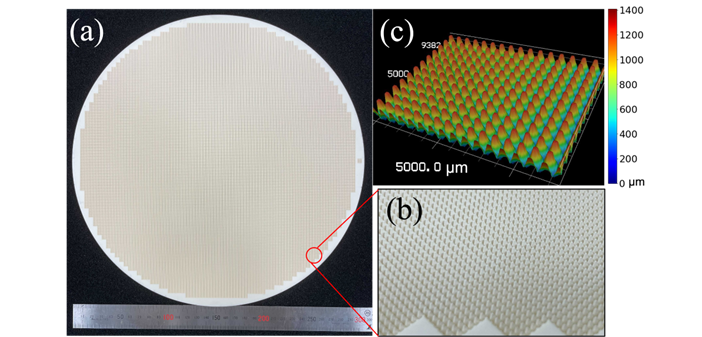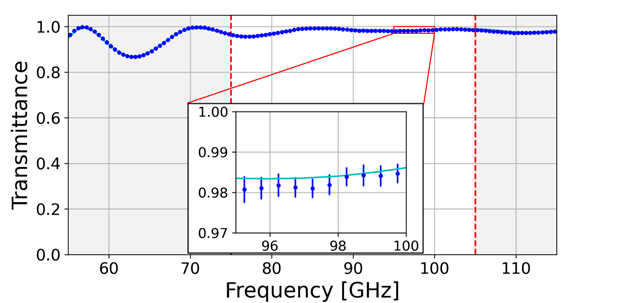

Members
Member List

Ryota Takaku
QUP Postdoctoral Fellow
e-mailtakaku_at_post.kek.jp
I have been developing broadband optical components at millimeter and sub-millimeter wavelengths based on observations of the Cosmic Microwave Background (CMB) polarization . While I was affiliated with JAXA/ISAS, I have collaborated with institutions such as the Kavli Institute for the Physics and Mathematics of the Universe (Kavli IPMU), the Institute for Photon Science and Technology (IPST), and the University of Minnesota, and I have established techniques of anti-reflection sub-wavelength structures using ultra-short pulse lasers to cosmological observation telescopes, which were previously underdeveloped. Currently, I am promoting deployment of laser processing in actual observations, aiming to make it a more common method. And I am also involved in the development of the polarization modulator for the CMB polarization observation satellite LiteBIRD, as well as estimating its effects on the sensitivity.
Research Content
I have dedicated my research life to the development of instruments for cosmological observation, in particular LiteBIRD, the JAXA-led next generation satellite mission to probe the cosmic inflation theory by the polarization of the cosmic microwave background (CMB). The key milestones for optical elements for the next CMB polarization telescopes are a large diameter (~50 cm), operation at a cryogenic temperature (~ 10 K or less) and a broadband operation, between ~ 30 and ~ 400 GHz. Sapphire, silicon and alumina are attractive materials for optical elements at millimeter and sub-millimeter wavelength because of high thermal conductivity, low loss tangent and high refractive index (~3) giving more aberration correction power per unit lens thickness. This also gives ~ 40% reflection which loses the sensitivity and causes high systematic effects. Stacking thin layer coatings with different materials is a typical anti-reflection (AR) technology, however it has a few difficulties, the delamination issue at a cryogenic temperature, limited bandwidth because of limited selection of coating materials and number of layers.
One of alternative ways to solve these problems is a pyramidal structure on an optical element itself, which is called sub-wavelength structures (SWS) or moth-eye structures. We have focused on ultra-short pulsed laser processing to fabricate moth-eye structures, which has rapidly developed over the past decade. We have developed that technology and now we can fabricate moth-eye structures on even hard materials like sapphire and alumina with high accuracy and high performance within a realistic fabrication timescale even over a diameter of a few tens cm, and we have successfully integrated the alumina filter with laser ablated moth-eye structures into MUSTANG-2 (Figure), which is the first time in the world. We are promoting this technology to other millimeter and sub-millimeter wavelength telescopes to make it a common technique. In particular our technology is essential for LiteBIRD, due to its extremely broadband operation. We also evaluate the statistical and systematic impacts of our half-wave plate on the cosmological parameters with the LiteBIRD team, including QUP members.
Figure: Alumina IR-cut filter with laser-ablated moth-eye structures for
(a) whole image (b) zoomed up image (c) confocal microscope image

Transmittance measurement (Ref: R. Takaku et al., OE2021)

Related Research Results
Press release, Scientists Make a New Type of Optical Device Using Alumina
R.Takaku et al., Performance of a 200 mm Diameter Achromatic HWP with Laser-Ablated Sub-Wavelength Structures,Journal of Low Temperature Physics, 2023
R. Takaku, Q. Wen et al., Large diameter millimeter-wave low-pass filter made of alumina with laser ablated anti-reflection coating, Optics Express, 2021
R. Takaku et al., Broadband, millimeter-wave anti-reflective structures on sapphire ablated with femto-second laser, Journal of Applied Physics, 2020
Website
https://rtakaku.com/
